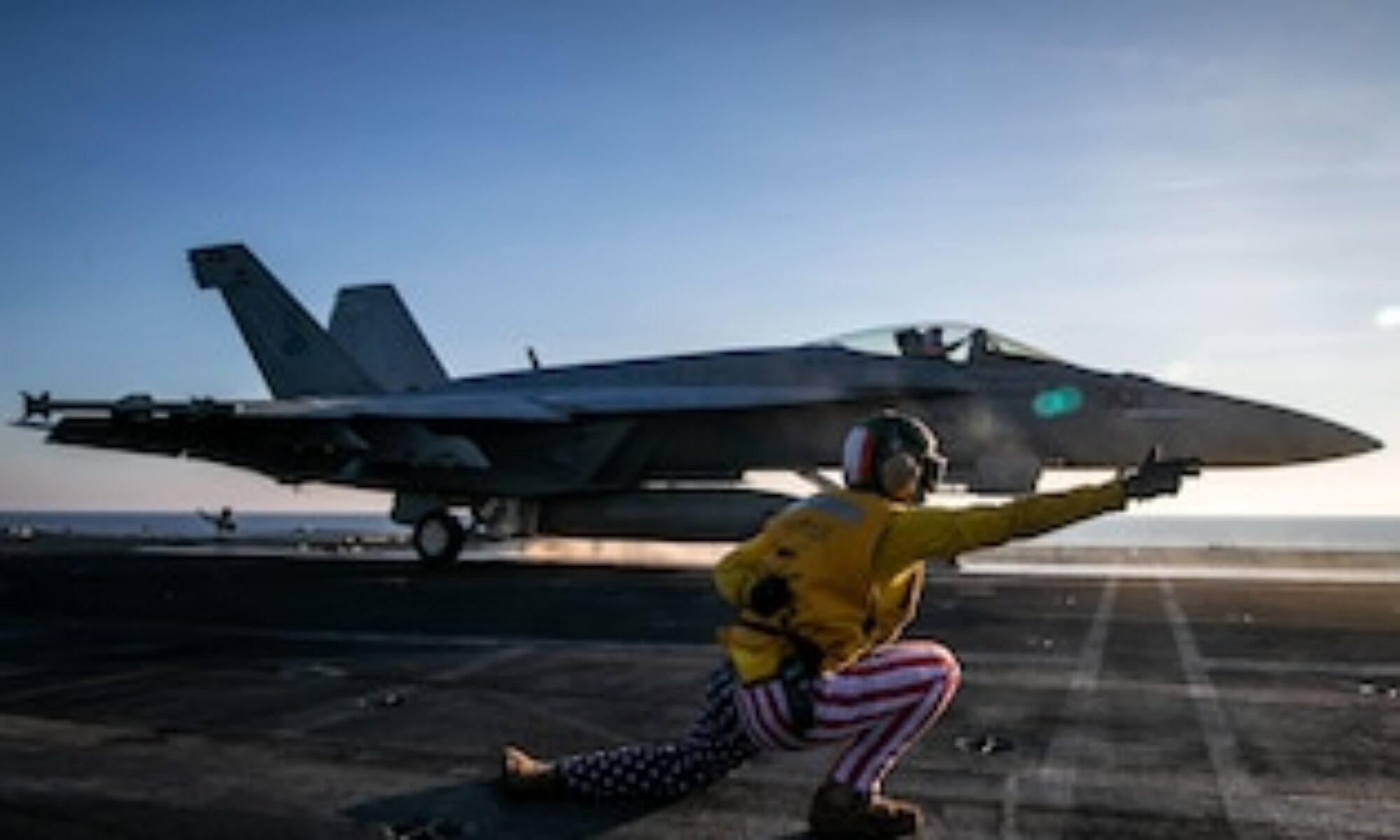
To Our Valued Members and Friends of Americans for a Stronger Navy,
Greetings,

As the founder of Americans for a Stronger Navy, I felt the pressing need to share my insights on a topic that is of paramount importance to our nation’s security and future. Our Naval force is not just a testament to our military prowess but a symbol of our commitment to safeguarding global peace and ensuring the freedom of our seas.
It’s undeniable that our U.S. Navy, along with other branches of our defense, has faced readiness challenges in recent times. A recent GAO report shed light on the Department of Defense’s (DOD) ongoing efforts to balance the readiness of its existing forces with the desire to modernize. Notably, the report highlighted the readiness challenges identified by the GAO across various domains, including the sea.
From the challenges of the pandemic to external geopolitical pressures, the Navy is facing a ship repair crisis that impacts its readiness. Recent data in the last fiscal year indicates only 36% of surface ship maintenance was completed on time, a decline from 44% in the preceding fiscal year. Furthermore, the GAO analysis of DOD readiness data points out that resource readiness ratings, which measure the status of personnel, equipment, supplies, and training, are a vital metric. These ratings provide a deeper understanding of how equipped our forces are to execute their designated missions.
Why Does This Matter?
Nearly two decades of conflict have degraded military readiness, the Navy included. As the GAO study reveals, to maintain our military’s advantage in this new age characterized by great-power competition, the DOD is earnestly working to rebuild and restore readiness while also embarking on modernization. Every delay, every deferred maintenance schedule, has real-world implications – from extended deployments for our sailors to decreased deterrence capabilities against potential adversaries.
Voices That Matter
I echo the sentiments of the now-retired Vice Admiral William Galinis, who once rightly pointed out the importance of continuous investment in our shipyards, saying, “We must continue to invest in our shipyards – both public and private – as they are critical enablers of our naval power projection.”
It’s not just the Navy’s higher-ups who understand this. The industry, the backbone of our naval infrastructure, has been vocal about its commitment. Jennifer Boykin, president of Newport News Shipbuilding, remarked, “We bring our expertise and experience in shipbuilding, engineering, and digital transformation to help the Navy achieve its goals and overcome its challenges.”
Brent Sadler, Senior Research Fellow, Naval Warfare and Advanced Technology, Center for National Defense, U.S. Navy officer and author of the highly acclaimed U.S. Naval Power in the 21st Century: A New Strategy for Facing the Chinese and Russian Threat, commented, “How the U.S. Navy plans and builds its fleet is particularly important given the time frames required to recapitalize shipbuilding infrastructure, design, and build a larger modern fleet to meet maritime threats from China and Russia. Yet the Navy, shipbuilders, Congress, and the public do not seem to be on the same page. A better understanding of the foundational principles involved in shipbuilding can help to bridge these divides and also help the nation to recapture its maritime prowess and ensure that our maritime industry delivers warships on budget and on time. By focusing on best engineering design and construction principles rather than merely on numbers of ships commissioned, the Navy and shipbuilders can build the Navy the nation needs.”
A Straight Shooter’s Perspective
In all transparency, advocating for a stronger Navy is not about endorsing a particular industry. As the founder of Americans for a Stronger Navy, my primary motivation is a heartfelt desire to serve our great nation in the best way I know. I genuinely believe that many in the industry resonate with this sentiment. As the GAO report suggests, continued focus on the readiness of our existing forces is crucial as the DOD will rely on much of today’s force for decades to come.
An Invitation for Insightful Exploration
I encourage each and every one of our members and friends to review the recent GAO report in its entirety. Understanding the intricate dynamics of our Navy’s readiness and the broader implications for our national security is vital. Please find the report linked below. While I’ve shared my perspective, it’s essential to draw your own conclusions and engage in informed discussions. Together, our collective insight and understanding will only further the cause we so passionately champion.
Conclusion
The challenges faced by our Navy are profound, but they are not insurmountable. We stand at a pivotal moment in history, where our collective actions, advocacy, and awareness can bring about tangible positive changes. The essence of our Navy’s strength isn’t just in its formidable ships or advanced technologies; it lies in the indomitable spirit of the American people who support, maintain, and advance its mission. As we unite in purpose and commitment, let us also remember the tireless individuals – both in uniform and the civilian sectors – who strive daily to ensure our Navy remains a beacon of strength, deterrence, and hope in an increasingly complex world. Your involvement and voice matter. Together, we sail stronger.

